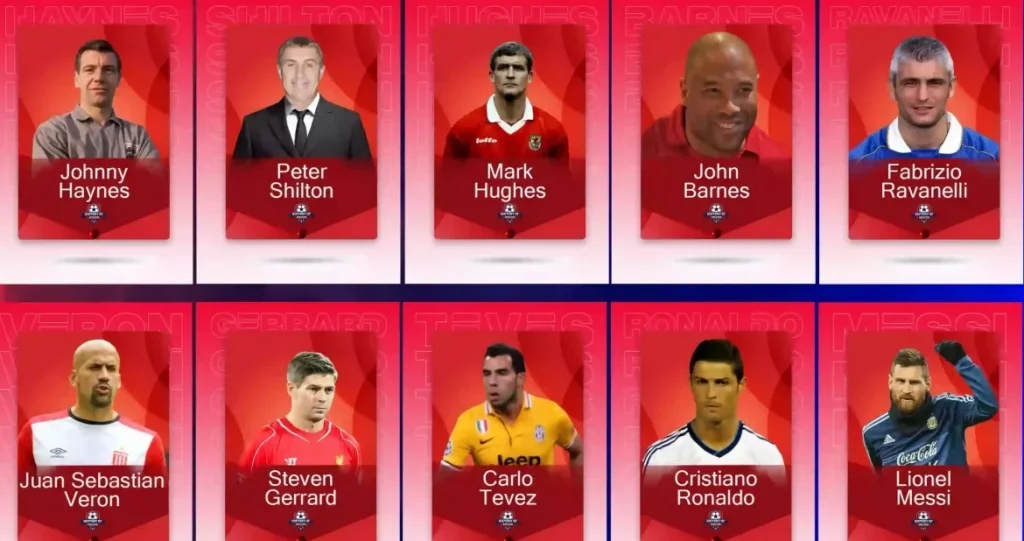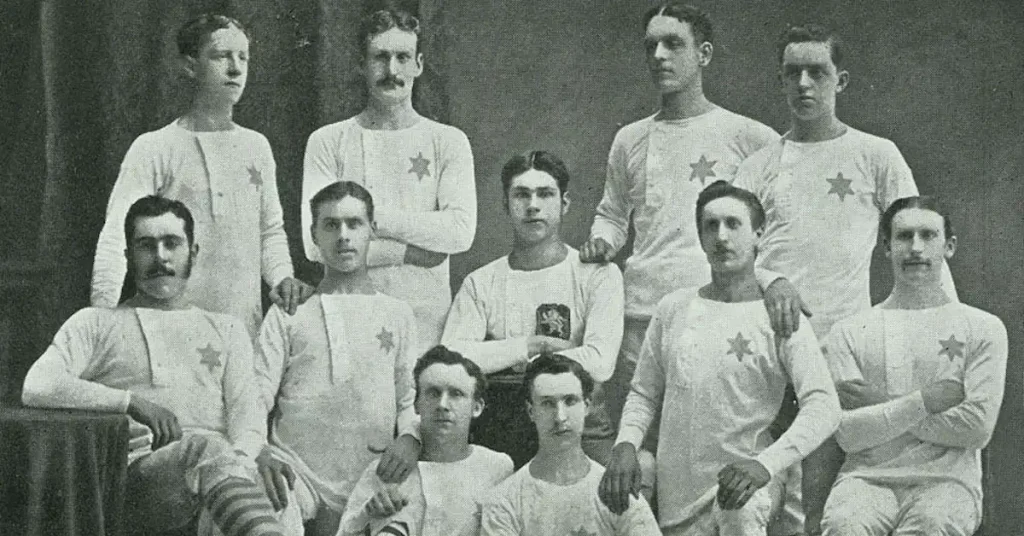Soccer is a global game, playable in even adverse climates and beloved as a pastime by people across every nation in the world.
While it is meticulously scrutinised and analysed in every way by pundits, fans and tacticians alike, one part of Soccer is often overlooked despite being vital to the sport’s very function.
Those with an eye when it comes to the little details will have noticed that by some unnatural permutation, Soccer turf always seems to have a dampness to it, no matter the temperatures.
This is no accident, and has much more of a purpose than you may think.
Why Are Soccer Pitches Watered?

If the grass isn’t well looked after, it dies, leaving dry dirt patches in hot weather. This may seem like a simple inconvenience, but a hardened surface creates multiple problems.
First of all, hard dry patches can cause issues for the ball itself, causing the ball to become less round over time, as the harder ground absorbs less impact.
This obviously presents an issue for the players too, and leads us to the most important reason for watering turf. Player safety. The difference between a pitch that has been watered daily, and a pitch that hasn’t been watered for a month is night and day.
The healthy watered turf will absorb much of the frequent impacts players have with the ground while playing.
Of course, a dampened pitch cant absorb everything, and even a single tumble can result in a serious injury, but the risks of injury are greatly reduced by ensuring a softer fall for the players.
But it’s not just safety that necessitates watering the turf.
The actual grass on a professional soccer pitch is a serious investment, sometimes costing over $1,000,000 to install alone.
It takes hundreds of hours of work to install and maintain, and if it goes wrong, will leave a side without a usable home stadium for months while they wait to completely re-turf the pitch from scratch.
Groundsmen take serious pride in maintaining a pristine pitch, with the football league even giving an award out for the best kept pitches and the staff responsible for them.
So far, there’s nothing too surprising about the reasoning for watering a soccer pitch, but watering the pitch is also responsible for making the game far more entertaining, and even aids players in a multitude of ways.
When pitches are perfectly watered, the pitch will be soft enough to absorb impact, yet firm enough to facilitate a natural ample bounce of the ball.
When the grass is watered correctly, the ball bounces and moves with extra speed, making for a faster paced game.
Furthermore, it can even help players’ movement and their passing/shooting.
Well maintained turf has enough give to help players run faster, the slight dampness making it easy to push their feet off the ground when running, but isn’t too damp as to bog down the players, or the ball for that matter.
This is exactly why they water pitches at half-time. As the match is played in dry weather, the pitch loses some of its moisture.
The half-time spritz is to ensure that the playing surface is still optimal, restoring any of the lost moisture.
Tactical Watering

The referee of course ensures that the pitch is suitably maintained before the game, checking again at half-time. But, there is still room to utilise pitch watering as part of a team’s tactics.
For decades, teams set up to play direct, physical, route one football have often watered their pitches a little more than necessary in order to make it harder for technical sides to play the ball on the ground.
These days, you won’t see such a thing in even the lowest professional league in England, with referee’s taking a stauncher stance on pitch maintenance.
For decades however, this was perfectly acceptable, and clubs would even water their pitches enough to catalyse growth.
This created more friction thanks to longer grass, forcing a game dominated by long passes in the air, suiting more physical sides.
These days however, there seems to be a general rule encouraging well kept turf, with shorter grass.




